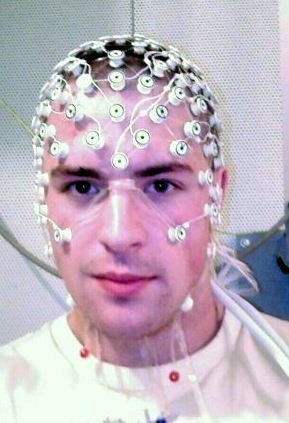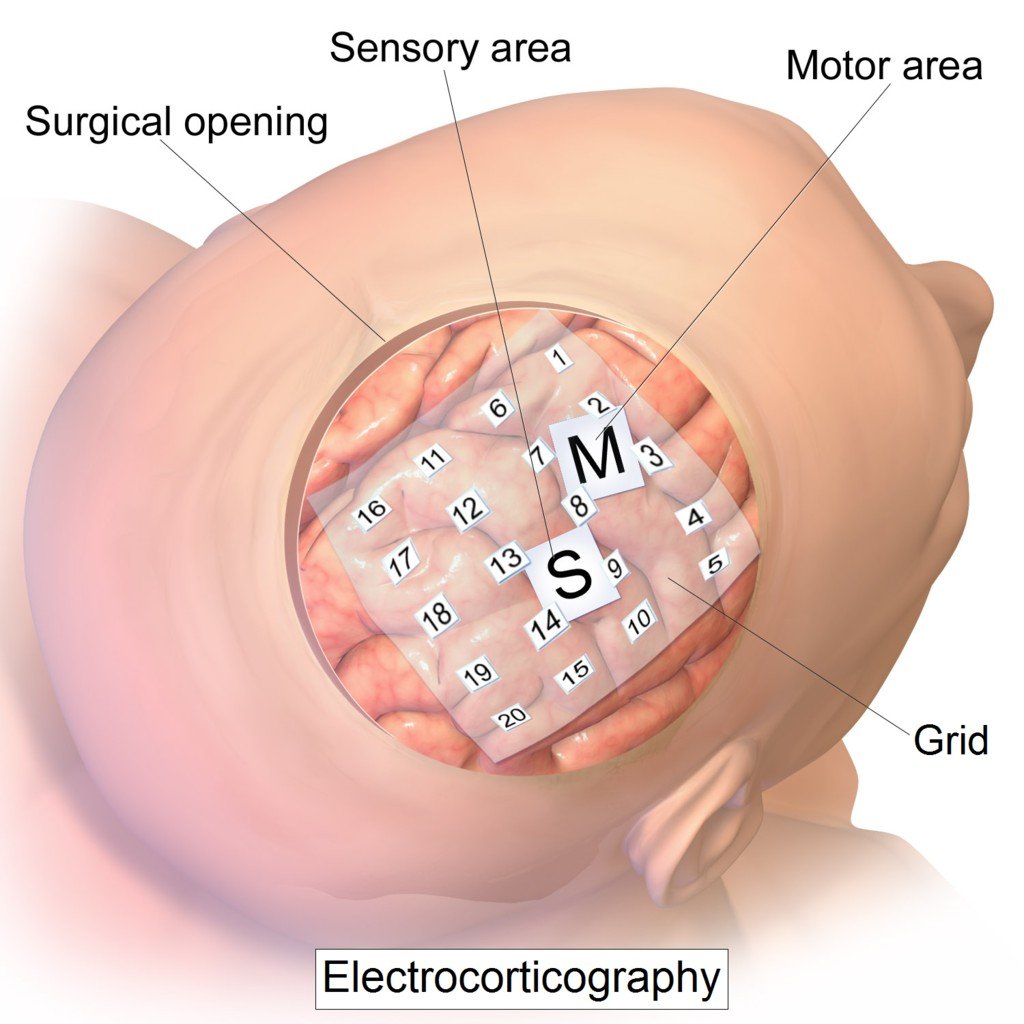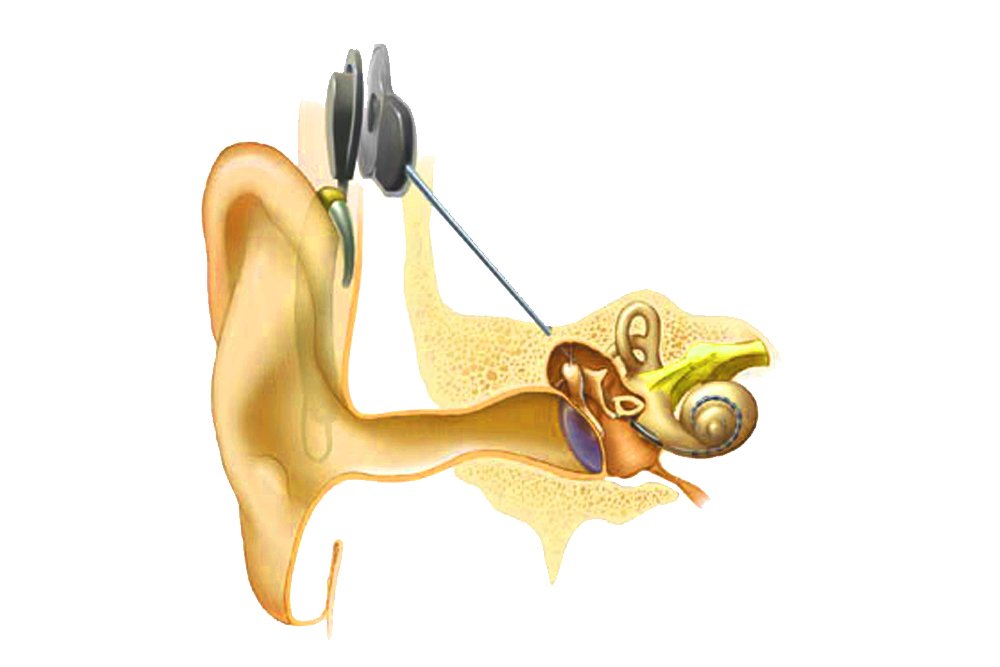Table of Contents (click to expand)
A Brain Computer Interface (BCI) is a device that translates brain signals into commands that can be executed by a computer or other machine. BCIs are still in development, but they hold great promise for people with certain disabilities.
When we think of a Brain-Computer Interface, the best example I can give is Mark 42 from Iron Man 3. It was a suit built to respond to Tony Stark’s thoughts. We all know how cool that was, right? What if I told you that the technological principle for this kind of tech already exists? With that in mind, let’s take a look at how a brain-computer interface works.
Brain-Computer Interface Types
A brain-computer interface acquires signals from the brain, analyzes them and translates them into commands. These commands are then translated into a signal from peripheral devices to provide the desired output. The primary goal of a BCI is to restore useful function for people who have developed neuromuscular disorders, such as amyotrophic lateral sclerosis, cerebral palsy, stroke, or spinal cord injury. There are two kinds of Brain-Computer Interface: Non-Invasive Brain-Computer Interface and Invasive Brain-Computer Interface.

Also Read: Neuralink: Can We Control A Computer Through Our Thoughts?
Non-Invasive Brain-Computer Interface
As the name suggests, a non-invasive brain-computer interface is one that can work without intrusive procedures into the brain. A non-Intrusive Brain-Computer Interface mostly works on the principles of EEG (Electroencephalography).

Electroencephalography is mostly used in the medical field to see and analyze the brain wave activity of patients. The way an EEG is performed in a medical setup is by attaching multiple electrodes to the scalp of the patient. EEG measures the voltage fluctuations in the brain caused by the ionic current within the neurons of the brain. An EEG records the spontaneous electrical activity of the brain over a certain period.
Most Non-Invasive BCI uses the concept of EEG in their models. The most famous among them is Neurosky, a consumer-friendly product that uses the concept of EEG. It has various modes where one can test one’s level of attention, mental effort, and meditation level. It consists of one EEG sensor that touches the front left upper part of the skull, just above the left eyebrow. The applications are only limited by the user’s own ability to use the product.

The advantages of a non-invasive brain-computer interface stem from the fact that it is much cheaper to work with and heavy research focus is always given to non-invasive BCI. Also, multiple people from diverse backgrounds can work on non-invasive BCI, whereas in the case of an invasive BCI, a medical professional is always needed.
Also Read: How Do Brain Scans Work?
Invasive Brain-Computer Interface
An invasive brain-computer interface involves the surgical implantation of a device into the skull of the user. There are two kinds of Invasive BCI that have been tried and tested thus far.

The first example is ECOG (Electrocorticography), which is when an electrode plate is kept in direct contact with the brain’s surface to measure the electrical activity of the cerebral cortex. To access the cerebral cortex, a surgeon must perform a craniotomy or open a part of the skull to expose the brain’s surface. This procedure is usually done under general or local anesthesia if patient interaction is required. ECoG electrode arrays typically consist of sixteen sterile, disposable stainless steel, carbon tip, platinum, Platinum-iridium alloy or gold ball electrodes, each mounted on a ball and socket joint for ease in positioning. These electrodes are attached to an overlying frame in a “halo” configuration. The grids are transparent, flexible, and numbered at each electrode contact… The electrodes sit lightly on the cortical surface and are designed with enough flexibility to ensure that regular movements of the brain do not cause injury.

Finally, we have the Intracortical Microelectrodes, also known as chronic electrode implants. A chronic electrode implant is an electronic device that is usually implanted into the brain or issue for an extended period. It has two significant applications, one for stimulating and the other for recording. Applications for stimulating involve sensory prosthetics, such as cochlear implants. A cochlear implant is a device that provides the sensation of sound to a person with severe or profound sensorineural hearing loss.
Brain-Computer Interface is a cutting edge and relatively new topic. Ongoing research by prestigious universities and major corporations will undoubtedly take this technology to a whole new level in the near future!
How well do you understand the article above!

References (click to expand)
- Brain–computer interface. Wikipedia
- Fernández, E., Greger, B., House, P. A., Aranda, I., Botella, C., Albisua, J., … Normann, R. A. (2014, July 21). Acute human brain responses to intracortical microelectrode arrays: challenges and future prospects. Frontiers in Neuroengineering. Frontiers Media SA.
- NeuroSky. NeuroSky, Inc.
